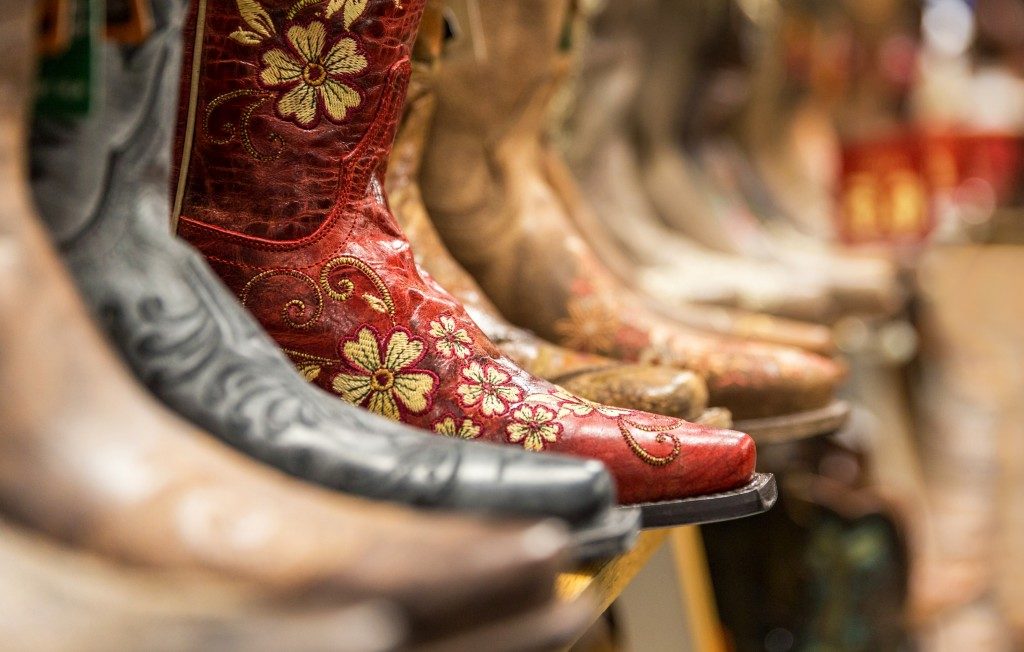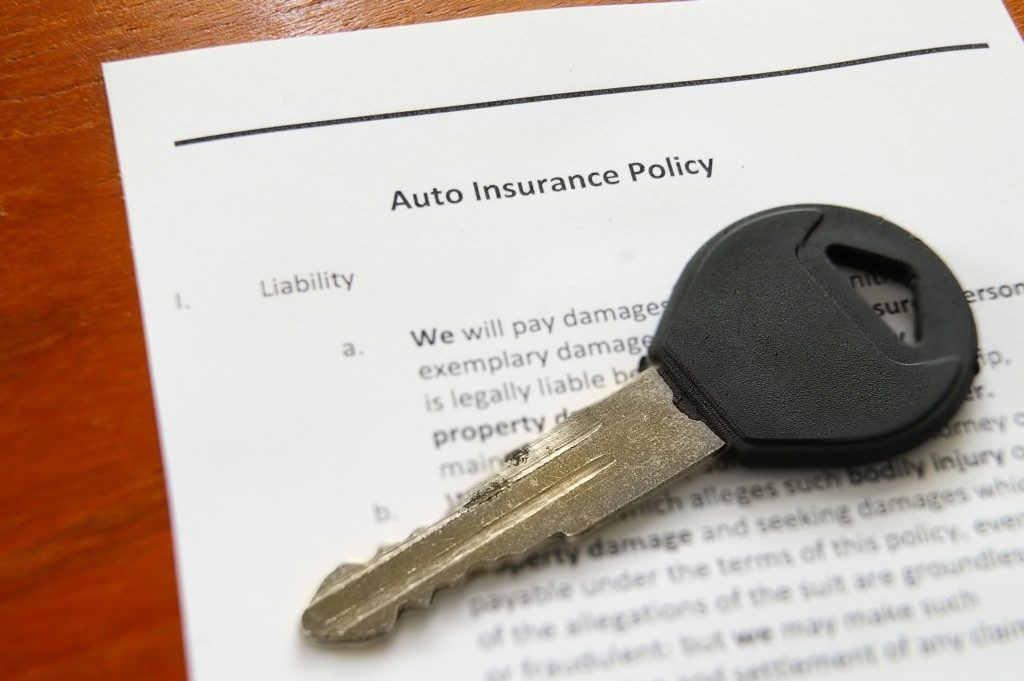If you’re setting up a first-time display for your retail shoe store, or about to undertake a redesign, then the layout is one of the first things to establish. The layout determines the variety of shoes you can display, which products to effectively feature, how customers experience shopping, and what shopfitting solutions you should get to accomplish these goals. Here are five types of layout to consider.
Grid
The grid layout is a simple design you’ve probably encountered at many different retail stores. It maximizes space and offers a familiar pattern to the customer – they will intuitively move along the multiple aisles. A typical drug store or supermarket display works in this manner; with a wide variety of items being sold, you’ll want to increase exposure. However, the flow risks being repetitive and congested and don’t lend itself to showcasing featured products. You can use a grid if you’re doing a big discount sale on many types of shoes, for example.
Loop
Sometimes called a racetrack layout, the loop leads the customer flow along one major aisle in a circuit throughout the store, giving exposure to all products. Employ the loop to display and highlight multiple shoes or promotions – you know that the customer is going to notice those. But keep in mind that if your customers are only shopping for a specific shoe, the loop’s flow can waste their time and lead to a negative experience.
Straight
The straight layout is capable of pulling your customer directly towards a featured product display while creating separate pockets of interest on the side. It’s efficient and straightforward but offers less exposure, and you may need to get creative with your lighting and signage to draw the customer’s attention to other areas. Try this layout if you want to maximize a small space or would like to feature seasonal discounts or limited edition shoes consistently.
Angular

A more creative type of layout, you can employ angles and curves in your store to offer a more sophisticated customer experience, while drawing a particular focus to free-standing product displays. The use of space is less efficient, but a higher perception of quality is created. If your shoe lines mostly cater to the high end, then this layout could be a perfect fit.
Free flow
As the name implies, this layout tends to disregard the common rules and not restrict customer flow. This lets you get creative and potentially craft a memorable customer experience while encouraging the shopper to wander without feeling rushed.
Before you decide that a free flow layout is best for your store, remember that it’s easier to get things wrong and confuse the customer potentially. Effectively using free flow requires a mastery of design principles instead of using more obvious means such as signage or featured displays. If poorly executed, you may lose exposure for some of your products. If your store is carrying creative shoe brands, selling exclusive products or launch items, this may be the right layout to maximize your impact.
Not all retail stores need to be restricted to these layouts. There are further sub-variations – the grid can be tweaked by tilting or angling aisles, for instance. Bigger store spaces can also combine patterns; an overall loop design can transition into different areas using grids or free flow. But if you’re learning the ropes or working with limited space, try one of these options to get the right balance of product exposure and customer experience at your shoe store.



